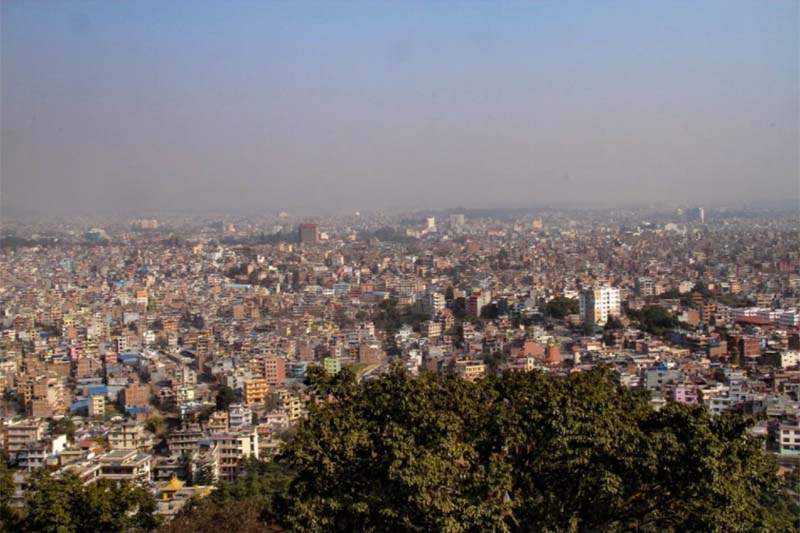

KATHMANDU: Kathmandu Valley continues to rank among the most polluted cities in the world, currently placing second in terms of air pollution.
According to the Air Quality Index (AQI) measured at 5:45 a.m. on Monday, Kathmandu’s AQI stood at 213, indicating a level that is extremely harmful to human health.
The Indian capital Delhi tops the global pollution chart with an AQI of 260, while Lahore, Pakistan, ranks third with an AQI of 206.
Health experts warn that the Valley’s air has reached hazardous levels in recent days. The persistent lack of rainfall and wildfires in the surrounding forests have contributed significantly to the pollution, trapping dust and smoke in the atmosphere.
The Ministry of Health has issued a public advisory, urging citizens to take precautions, noting that Nepal currently has some of the most unhealthy air in the world.
Doctors recommend avoiding outdoor activities—especially during the morning and evening hours, when pollution levels tend to peak.
According to World Health Organization (WHO) guidelines:
A safe AQI should be below 35.
AQI levels between 51–100 fall under the “caution” category.
101–150 may affect individuals with respiratory or heart conditions.
151–200 is considered unhealthy.
201–300 is very unhealthy, and 301–400 is categorized as hazardous.
AQI values above 400 are considered extremely hazardous.
As per the Air Quality Management Action Plan for Kathmandu Valley, 2076 BS, any situation where the AQI exceeds 300 is to be considered a public health disaster.